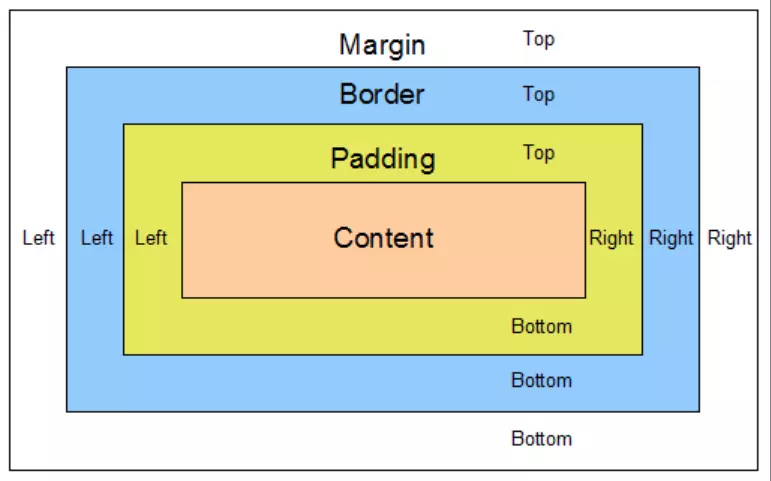margin/padding
padding和margin属性详解
先看两个单词的释义:margin 边缘padding 衬垫,填充
然后应该就能区分出这两个属性了,一个是边缘(外边距),指该控件距离父控件或其他控件的边距;另一个是填充(内边距),指该控件内部内容,如文本/图片距离该控件的边距。

Flexbox
1 | .div{ |
display: flex;
flex-direction: column / row; 可以调换主轴:
flex-direction: column 并不意味着将子元素在交叉轴上排列。而是将主轴从横向变为纵向。
flex-direction 有另外两个值可以设置: row-reverse 和 column-reverse
justify-content 用于控制子元素在主轴上如何对齐。其共有五个可供设置的值:
flex-start
flex-end
center
space-between
space-around
1 | .container { |
块级元素(block)特性:
总是独占一行,表现为另起一行开始,而且其后的元素也必须另起一行显示;
宽度(width)、高度(height)、内边距(padding)和外边距(margin)都可控制;内联元素(inline)特性:
和相邻的内联元素在同一行;
宽度(width)、高度(height)、内边距的top/bottom(padding-top/padding-bottom)和外边距的top/bottom(margin-top/margin-bottom)都不可改变,就是里面文字或图片的大小;块级元素主要有:
- address , blockquote , center , dir , div , dl , fieldset , form , h1 , h2 , h3 , h4 , h5 , h6 , hr , isindex , menu , noframes , noscript , ol , p , pre , table , ul , li
内联元素主要有:
- a , abbr , acronym , b , bdo , big , br , cite , code , dfn , em , font , i , img , input , kbd , label , q , s , samp , select , small , span , strike , strong , sub , sup ,textarea , tt , u , var
可变元素(根据上下文关系确定该元素是块元素还是内联元素):
- applet ,button ,del ,iframe , ins ,map ,object , script
CSS中块级、内联元素的应用:
利用CSS我们可以摆脱上面表格里HTML标签归类的限制,自由地在不同标签/元素上应用我们需要的属性。
主要用的CSS样式有以下三个:
- display:block – 显示为块级元素
- display:inline – 显示为内联元素
- display:inline-block – 显示为内联块元素,表现为同行显示并可修改宽高内外边距等属性
我们常将- 元素加上display:inline-block样式,原本垂直的列表就可以水平显示了。